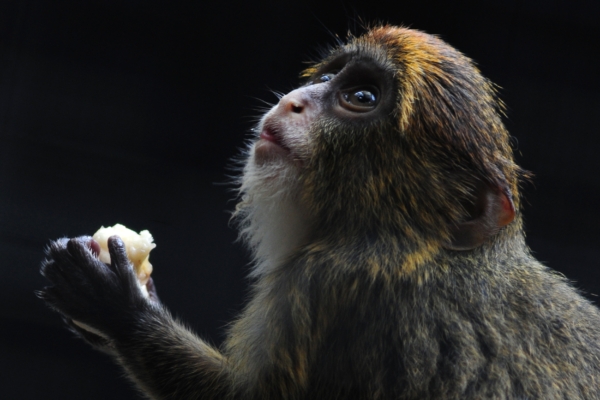Hong Kong Zoological and Botanical Gardens had a total of 9 monkeys die within two days, including 3 critically endangered species of cotton-top tamarins. The cause of death is still unknown. Additionally, one white-handed gibbon showed abnormal behavior and appetite, and the park stated that they are continuing to monitor its condition.
On Tuesday (October 15th), Hong Kong Chief Executive Carrie Lam told reporters that certain areas of the Zoological and Botanical Gardens have been sealed off and disinfected, with experts conducting autopsies and toxicology tests.
On Sunday (October 13th), this historically significant animal facility in Hong Kong experienced sudden deaths of 8 monkeys. On Monday, another monkey displayed unusual behavior and appetite before ultimately dying.
The deceased animals included 1 white-handed gibbon, 1 macaque, 3 cotton-top tamarins, and 4 white-faced saki monkeys.
The cotton-top tamarin was listed as critically endangered on the International Union for Conservation of Nature (IUCN) Red List in 2020, with only around 2,000 mature individuals remaining worldwide.
Located in Central, the Hong Kong Zoological and Botanical Gardens originally housed approximately 272 animals, including 158 birds, 93 mammals, and 21 reptiles. The recent collective deaths of monkeys accounted for nearly 10% of the total mammal population.
The Hong Kong Tourism Board has convened an emergency interdepartmental meeting to discuss the next steps.
Jason Baker, Senior Vice President of Asia for People for the Ethical Treatment of Animals (PETA), expressed concerns about potential zoonotic diseases, including monkeypox, arising from the deaths of these animals.
In a statement, he said, “Captively bred monkeys often come into contact with pathogens that can be transmitted to humans, such as tuberculosis, Chagas disease, cholera, and Methicillin-resistant Staphylococcus aureus (MRSA).”
He emphasized that the only way to ensure animal health and prevent the spread of zoonotic diseases is to cease confining animals in unnatural environments.
The “Hong Kong Zoological and Botanical Gardens” is the oldest park in Hong Kong, fully open to the public since 1871 under the name of “Botanic Garden.” Over time, animal exhibits increased, leading to a rename to Zoological and Botanical Gardens in 1975. Today, the 5.6-hectare park stands as a rare urban oasis in bustling Central, Hong Kong.
(Note: This article references related reports by the Associated Press)

